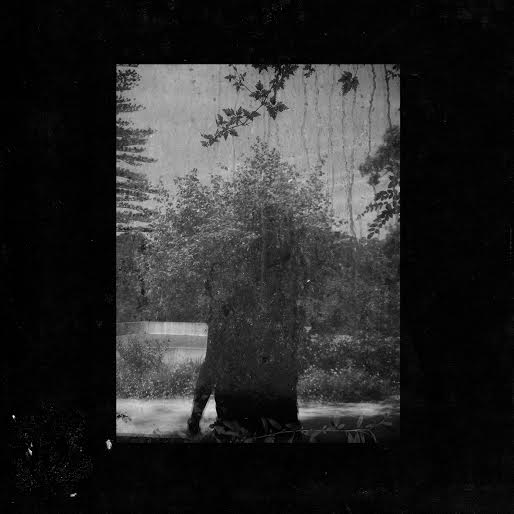How much of the inside to let out and how much of the outside to let in? The artist, in one form or another, must always confront this fundamental bifurcation of art, or, put a bit more crudely, the artist must figure out how to make the hymns of the soul work in front of an audience. The best art both denies the compartments involved in the packaging of one’s insides, and also maintains a highly evolved system of emotive Balkanization: They—the crowd—quite simply, can only appear to get all the way inside. Performance demands as much. Grouper, the creation of Liz Harris’ breathy voice and elegiac piano, suggests something of a divergent pathway toward the question of access and boundaries on her tenth full-length LP, the achingly beautiful, Ruins. Ultimately, like so much inscrutable and mesmerizing art, we both do and don’t ever get her.
The first track allows the listener an invasive form of entry: It isn’t a song at all, just the sound of crickets, frogs and an itinerant tom drum. These are the sounds of the outside, and Harris lets them, not her, open the record. It is a throwing open of windows, a microphone appearing to capture the sounds to the outside and sentence them forever to live and die in the vinyl or zeros and ones of Ruins. These ambient noises appear again and again on the album, ranging from the bucolic night sounds of “Made of Metal” to the washing of the ocean that closes the stunning “Holding”. A microwave beep appears at the end of “Labyrinth”, a less natural if no less intentional slice of included accident. It all adds up to a sense that Liz Harris wants let the outside in, maybe in the hopes of getting the inside out. Moreover, Harris wants this disdain for boundaries to get back to us. The listener hears the pathways: Harris recording her unfiltered environment, concomitantly laying herself bare, all trafficked through a panoply of platforms to anonymous, waiting ears. But does such self-conscious “realness” count as exposure or another obfuscation?
The beauty and sorrow of Ruins essays submitting these barriers of performance with some curious vision of dislocation in the past. How else can Harris remove the distance between artist and audience? Often seeking immediacy, she sings down the back of her piano progressions, following the notes like a whispering mist. Recorded on the coast of Portugal, where the state roads N267 and N120 collide in a right-angle at the edge of a national forest, Harris winnows out to the listener across the landscape and the years since these 2011 songs were set to 4-track. She sounds like yearning and death. “Call Across Rooms”, a song that unwittingly cribs the melody from Toni Braxton’s “Unbreak My Heart”, wilts with the same beauty and potential as the smell of rot in the forest. If the aesthetic emerges as a penetrating and complete isolation, there lies some potential, or at least utility, in the destruction. The album’s promotional materials reference Harris’ daily walks to the beach “through the ruins of several old estates and a small village.” The album documents the widescreen trouble of the past, any past, its viewfinder set to receive everything. Ruins is an excavation, an archaeology before it is anything else.
The past is both alive and dead, the outside that can never be recaptured and the inside never allows itself to be exhumed. Harris first recorded album closer “Made of Air” in 2004. It appears here as a humming outlier, the humming counter-narrative to the crickets and frogs that denizen the album’s first cut, “Made of Metal”. Harris has thrown open her windows and her past on Ruins, singing her listener into sleep on “Holding”, the album’s second-longest and best track. The intimacy is undeniable whether we ever get any closer to grasping Ruins or Harris, or merely just appear to foreshorten the distance to ourselves.









